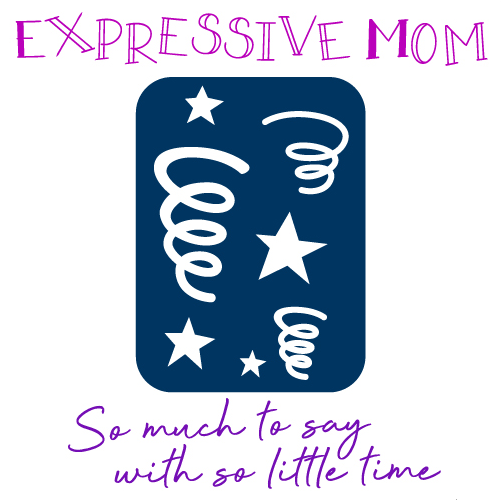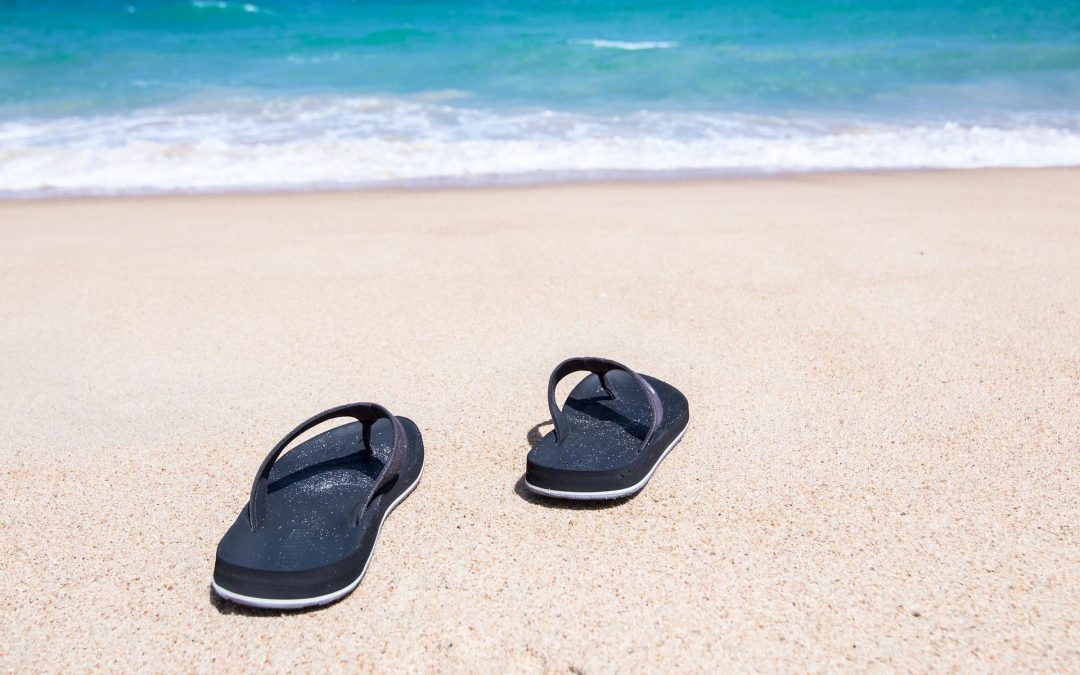Sandals provide you with the confidence of having protection and the comfort of going barefoot simultaneously. Once reserved for lazy days on the beach and post-hike fires, sandals are now well-known as versatile footwear that is ideal for the trails as much as they are for wearing in the office and climbing down the bluffs looking for your next break.
The Types Of Sandals
When selecting a sandal, activity is the main factor that needs to be considered. Are you going to be relaxing at camp? Fording rivers? Scaling across mountain passes? No matter what your activity is, there are sandals for it.
Flips
If your goal is lying low, you really can’t beat a regular pair of thongs or flip-flops. You can slip them off and on in just a few seconds, are lightweight, pack easy, and when it comes to comfort, it’s hard to beat leather flips after they have been broken in, but when wet they may become slick. Rubber top soles are more utilitarian and do not compare when it comes to comfort.
Hiking
Some strapping is needed for security when you go big with your sandals. The most common trekking or technical hiking sandals are Reef Sandals, Chaco, and Teva. Hiking sandals, unlike flips, have straps. They wrap around your heel, and a cinch buckle is typically incorporated so that sandals fit snuggly on different terrain. They normally come equipped with hiking-shoe-style rugged outsole like Vibram rubber. A stiffer midsole on hiking sandals makes it safer to perform hard tasks like launching canoes or scrambling. Usually, the toe on a hiking sandal is more robust. Some individuals might want to go up half a size, so there is a larger buffer between obstacles and their toes. Many Rafters and kayakers have adopted the hiking style sandal after twisting their ankles in portages and losing their flip-flops for years in the rapids.
Huaraches
The huarache sandal has recently arrived in the mainstream market but has been used and proven for centuries. A combination between a hiking sandal and a flip, the ultra-light sandals are made of a basic rubber sole (usually Vibram) along with narrow webbing that hugs the cinches and heel like hiking sandals and splits the big toe similar to a flip. These sandals are very simple without midsoles and top soles, making huarache sandals the closest option for going barefoot. Some people run 100-mile endurance races in them. However, their design and weight make them really versatile and packable sandals.
Closed Toe
KEEN and other sandal manufacturers have listened to the cries coming from stubbed toes, and extended the sandal’s outsole up and around the front of the feet. A rubber shield is created to provide the ultimate toe protection. it is ideal to wear closed-toe sandals for fording fast rivers and hiking where there is a greater chance you will be bashing your foot on a rock. Closed-toe sandals provide superior toe protection. The only downside to them is debris may collect within the toe area.
Materials
Sandals are state-of-the-art materials to shield your feet from debris, sharp rocks, and other obstacles. The following are some tips about what materials you should look for when shopping for a new pair of sandals.
Surfing, River, And Hiking Sandals
If you are going to play in the muck and mud, search for a sole that is made from hard rubber compounds. Select sandals with a deep tread so they can serve you well anytime you are precariously balancing on wet river rocks or climbing up a steep mountain. The upper part of your sandal, including the straps, must be made of durable and breathable materials like polyurethane or nylon webbing. For the top sole of your sandals, memory foam provides comfortable wear and supportive cushioning. The materials are also water-resistant, so they will not become saturated while you are stomping through a creek. They also will not rot away after just a couple of wet wears.
Midsole
For your sandal’s midsole, we recommend ethylene-vinyl acetate or EVA. It is a spongy material that provides good arch support. Due to its cushion-like qualities, it is frequently in the top soccer cleats and orthotics. It will not make your feet sweat and has no or little smell.
Outer Sole
Vibram and other specialized rubber manufacturers provide durable treads to portage over rough terrain and for hiking. Astral river shoes and Stealth Rubber climbing shoes are designed, so your feet stay in the current and stick to rocks. You can research rubbers for days, but reputable brands use sole proprietary materials.
Pro Tip: If you are planning on doing things where a couple of broke toes may place you in a dangerous situation, like long backpacking trips involving lots of fording, distance portage in a Royalex canoe, canyoneering, or running Class Iv+ rapids, closed-toe sandals are the best option.



Connect With Me !